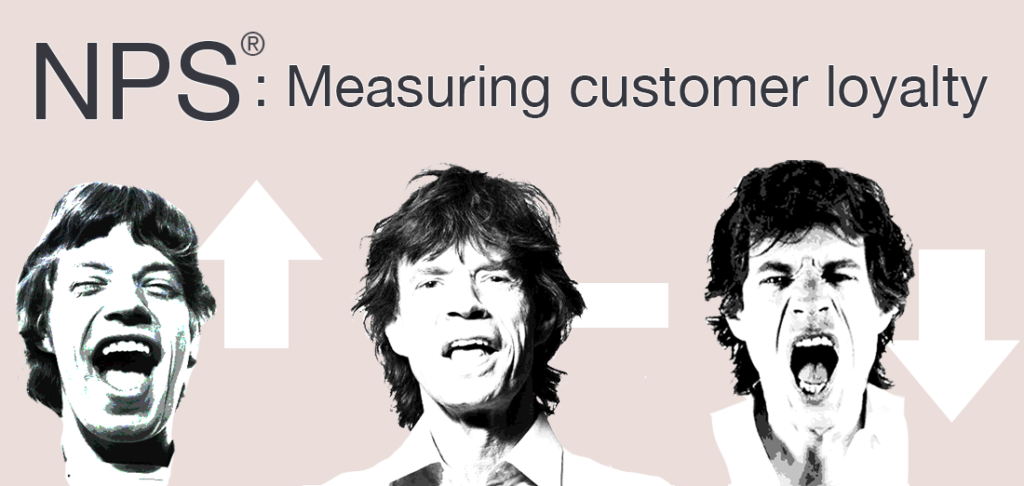
This is definitely not the tune you want your customers to be singing after an experience with your company. Back in 1962, when the Rolling Stones were just beginning their journey toward becoming one of the most successful rock bands of all time, business owners didn’t yet truly understand the importance of customer satisfaction.
From encyclopedia.com (<<Remember when we had to go to the library to read the encyclopedia? Kids these days…)
Before the Industrial Revolution introduced large-scale factories to Europe and America in the eighteenth and nineteenth centuries, goods and services were most often provided by small, independent shop owners and highly skilled craftspeople, who maintained direct personal contact with their customers.
This dynamic was radically changed by the rise of factory manufacturing and particularly by the techniques of mass production that were pioneered by Henry Ford (1863–1947) in the American automobile industry in the early twentieth century. Mass production (which quickly spread to many other industries) brought a dramatic decrease in production costs (and therefore in sales prices), but it also lessened the importance of the individual customer. Even so, consumer demand for goods and services was high during the 1910s and 1920s, and the severe supply shortages brought on by the Great Depression (a period of worldwide financial decline that lasted throughout the 1930s) and World War II (1939–45) contributed to a widespread willingness among consumers to take whatever they could get.
Manufacturers and sellers in the United States maintained the upper hand over their customers until the 1980s, when an onslaught of foreign competition (especially from Japan) exposed the poor quality of American goods and services. With a plethora of new choices about how to spend their money, U.S. consumers gained a significant measure of power in the marketplace. American companies were suddenly forced to swallow the new wisdom: that quality matters and each and every customer is important.
Eureka moment! It wasn’t until the 1980s, possibly the most radical and gnarly decade of all-time, that businesses finally realized the truth:
Quality matters and each and every customer is important.
But how were businesses supposed to determine how their customers felt about their company? Back in the day, Matt and Ginger sent out actual Customer Satisfaction Survey postcards to clients and asked them to respond to five questions, similar to the image below:


Then they moved to the online survey program called Survey Monkey and finally landed on the two-question NPS® system.
NPS® (Net Promoter Score®) was created by Fred Reichheld in 2003. NPS® is a management tool that can help a business know more definitively how their customers would rank their services or products. After all, isn’t that what all companies really want to know?
From Wikipedia:
NPS® has been widely adopted with more than two thirds of Fortune 1000 companies using the metric.
Net Promoter Score® measures the loyalty that exists between a provider and a consumer. The provider can be a company, employer or any other entity. The provider is the entity that is asking the questions on the NPS survey. The consumer is the customer, employee, or respondent to an NPS survey.
The easiest way to explain NPS® is this:
Your customers are asked this question: “On a scale from 0 to 10, how likely are you to recommend the company, product or service to a friend or colleague? (0 = very unlikely, 10 = extremely likely)
Scores of 9 and 10 are recognized as Promoters. 7 and 8 are called Passives. 6 and lower are referred to as Detractors.
The percentage of responders that are Detractors are subtracted from the percentage of responders that are Promoters, and the result is your Net Promoter Score®.
Companies familiar to all of us use NPS® as a customer feedback tool to gauge customer satisfaction: Amazon, Apple, Costco, Southwest Airlines, Nordstrom, Dillards and many others. To be clear, according to Reichheld, the average American company scores less than +10 on the NPS®, while the highest achieving organizations are positioned between +50 and +80. These values may vary somewhat depending on categories of business. So if your company is getting a +50, that’s not an F. It means you’re doing great!
NPS® may be one of the most important indicators of your company’s overall success, but let’s also keep in mind that it’s more than just a number—it’s about learning and improving. No matter how robust your score is, the essential thing is to understand how to utilize this knowledge to enhance your customers’ experiences. NPS® is actually just the starting point.
What you do with the information you receive is where the real change begins. It’s about listening to your customers and helping them solve their problems. It’s about a willingness to engage with your Detractors and really understand what you can do to make their experiences better. It’s about talking with your Passives to get them more excited about your company and making sure they feel appreciated. It’s about maintaining good communication with your Promoters to make sure that they are still happy with your services and understand how thankful you are for them.
Your NPS® is also very closely tied to your online reputation. Everything there is to know about your business is out there for all the world to see. Your score gives you a glimpse into the big picture of your company’s performance, and you can use this data to implement real changes and in turn, keep your brand promises to your customers.


